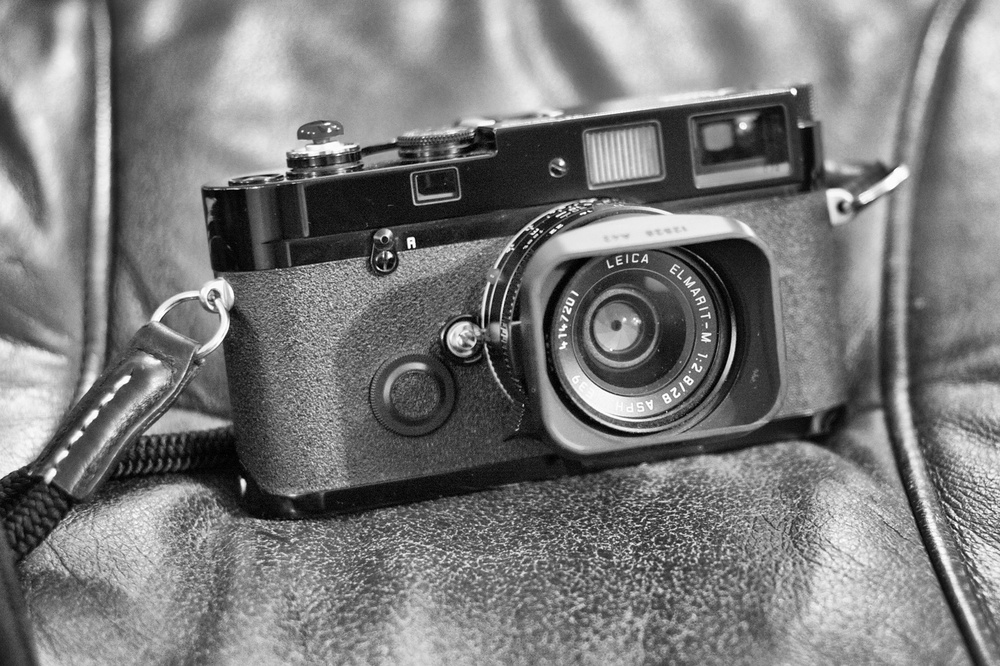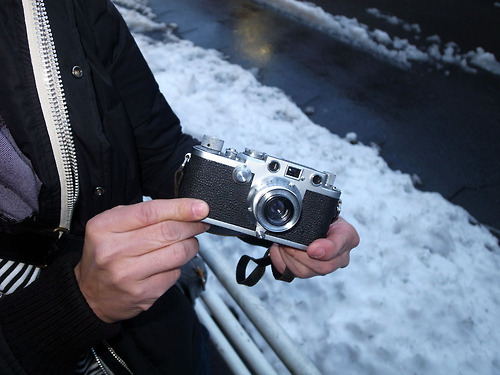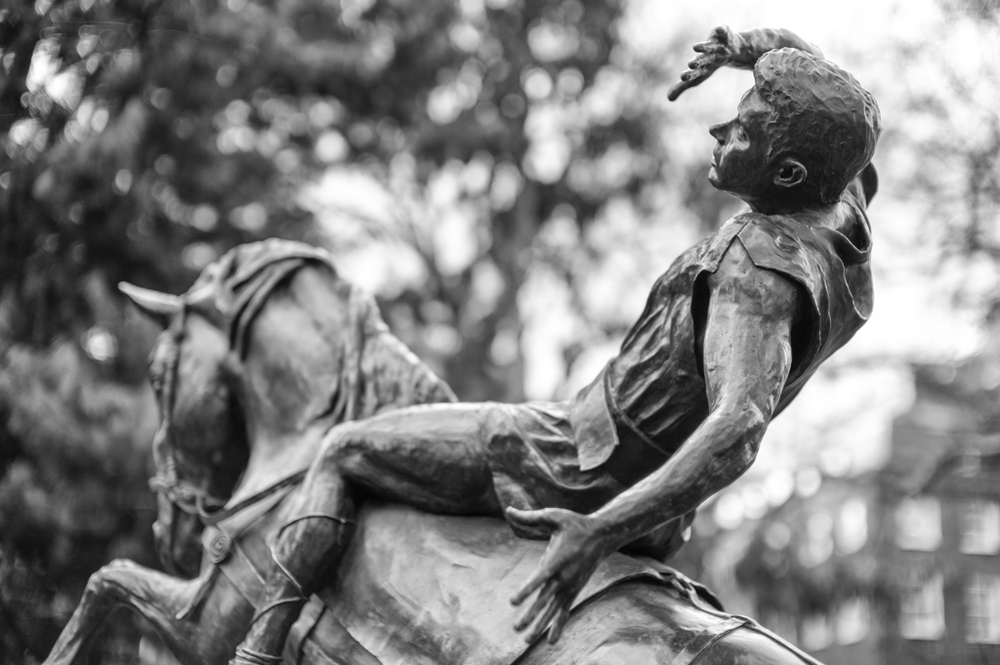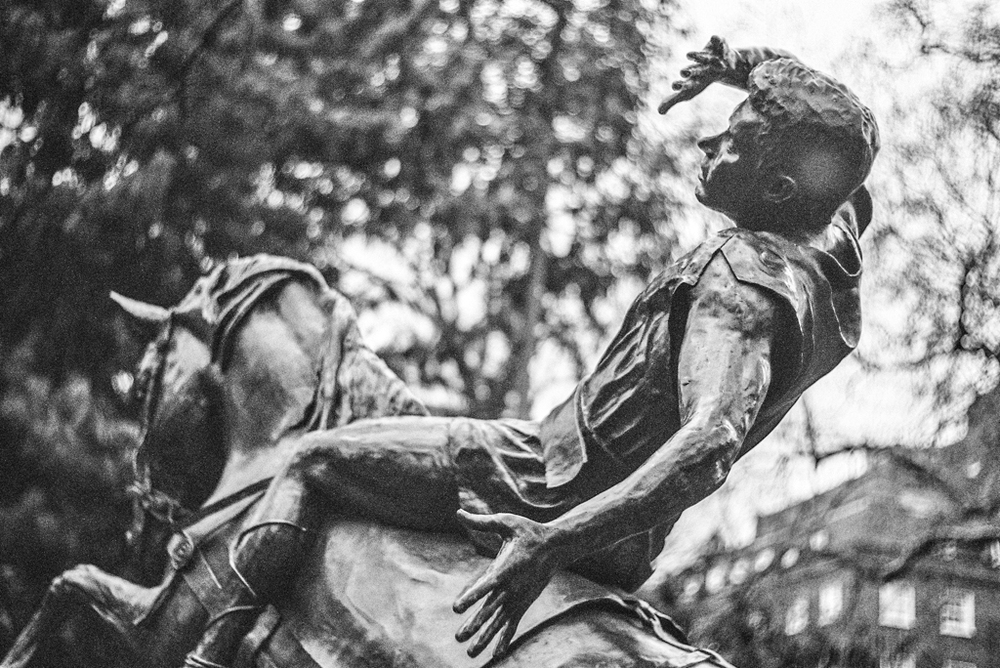
After a lifetime of using film cameras, I never again wanted to go through the hoop of taking pictures the old way. Goodbye to all the inconveniences of waiting for processing, hello to instant gratification. Somehow, it seemed likely that one day in the near future the film camera would be dead.
.jpg)
Not so. And the resurgence in film is being led from Japan, Korea and China. Cameras such as those from Leica, Nikon, Pentax, Zeiss, Bessa and Contax, are in huge demand and prices are rising. The interesting thing is that this comeback is being spearheaded by the younger generation.
For the past year I have noticed increasing numbers of twenty-somethings around London clutching old film cameras and revelling in the nostalgia. The Leica M3, a fine example of which I own, is probably the favourite but I’ve seen M2s, M4s, M6s and M7s―even one old IIIf in all its venerable glory. The video below gives you a flavour of film from Daniel Milnor.
Storytelling Series: Daniel Milnor from Blurb Books on Vimeo.
And today, at a photo club outing to the British Museum I met Jo from South Korea who had brought along his mint-condition Contax T3. In its day this was a top-level point-and-shoot camera with a superb Zeiss Sonnar f/2.8 lens and a svelte titanium body. Jo shoots nothing else but film and you can find his Tumblr site here.

After selling all my old film gear over ten years ago, I recently acquired a trio of old Leicas which I am increasingly enjoying putting through their paces. In addition to the relatively modern MP, I have been playing with two early-fifiies cameras, one of the first M3s and one of the last IIIf screw-mount devices. All are a delight to use and there is something calming in having only 36 frames to play with. The scatter-gun approach now possible with modern digitals seems positively barbaric once you get a film camera in your mitts. I am again kindling that tingle of anticipation as I wait for the film to come back from processing (as yet I have not decided to set up a darkroom but…..).

One of the first shots I took with the Leica Monochrom and 0.95 Noctilux was of a statue of St. Paul in Soho Square, London. This creation depicts the saint on the road to Damascus: The Damascene conversion, no less. It’s a stunning piece of art and the drama lends itself to photography. A couple of weeks ago I went back to Soho with my 1954 Leica M3 and ancient 1939 50mm f/2 Summitar lens which I acquired along with the IIIf from Red Dot Cameras in Old Street. I intended to attempt to reproduce the same shot but with the old implements.
As a result, we have two similar takes on St. Paul, one through the optics of the world’s best and fastest 50mm lens, the other via one of the earliest fast fifties, the Leitz Summitar, forerunner of the legendary Summicron. The Summitar renders soft by comparison with modern glass, but it is still a formidable design capable of stunning results. Mine is a particularly good example but you have to buy with care. I was using a 400 ISO HP4 film which accounts for the obvious grain in the photograph. The result from FP4 would have been even more competitive. Nevertheless, an interesting comparison.


Who says film is dead?
